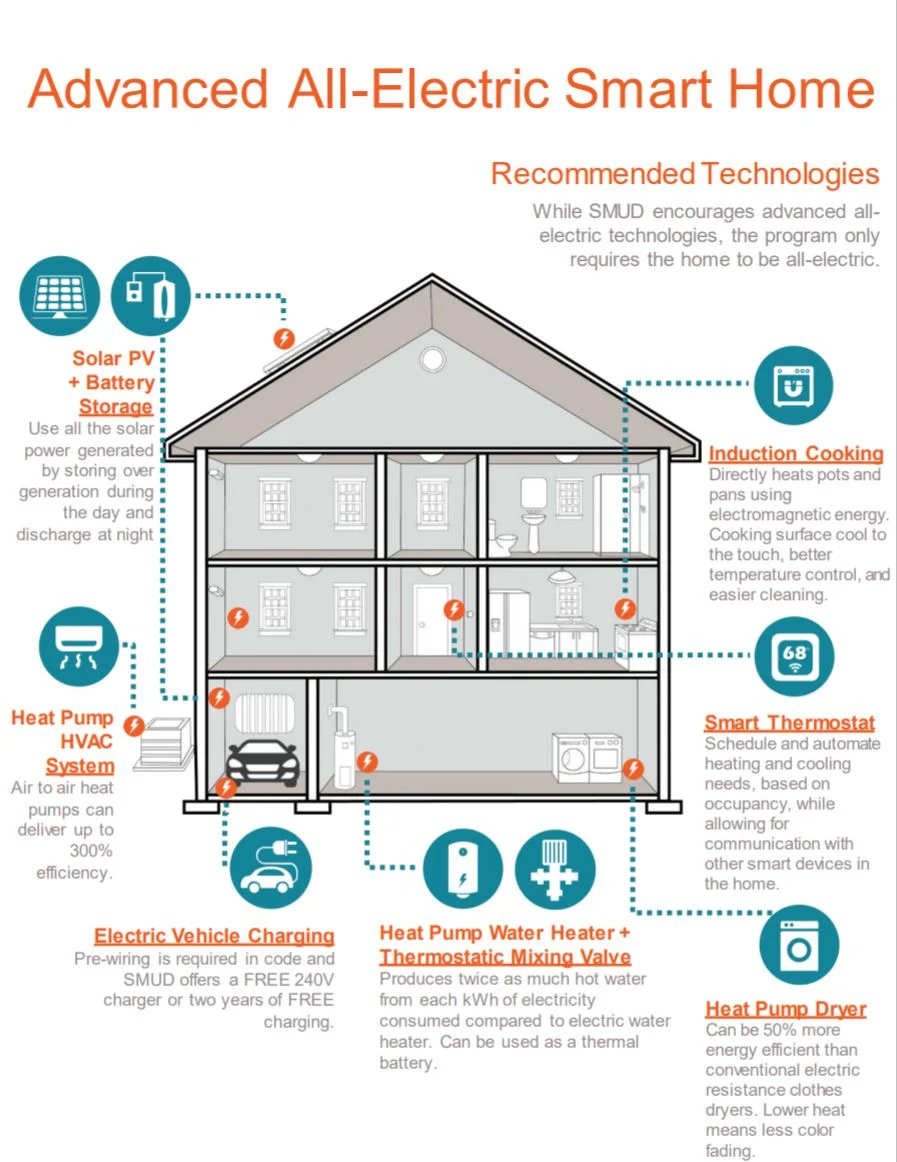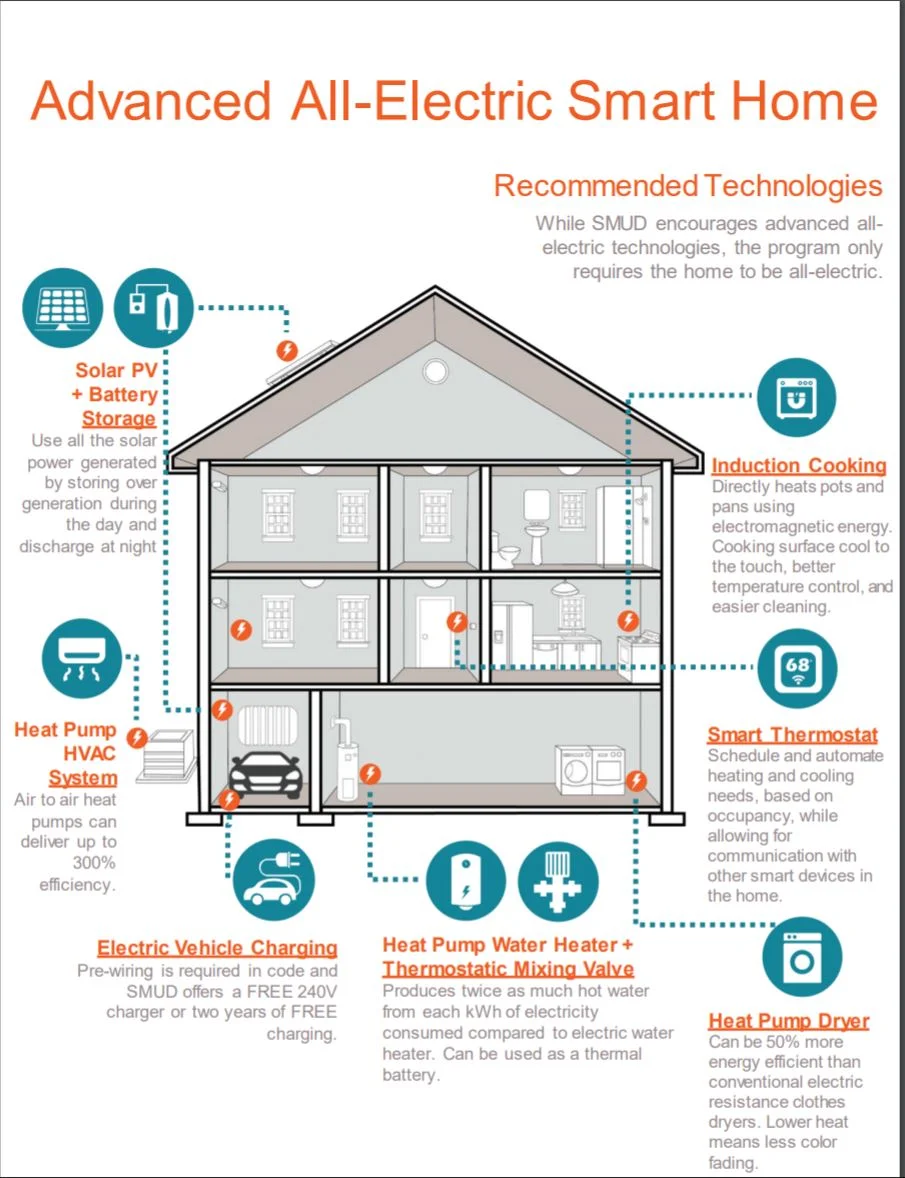Converting buildings from gas to electric crucial to fighting climate change
Swapping out gas furnaces, water heaters and other appliances to electric models is one of the main ways Sacramento and West Sacramento can do their part to combat global warming, experts told members of the Mayors’ Commission on Climate Change Monday. Electric appliances also create healthier indoor air quality and reduce safety risks from fires and gas leaks.
The mayors of West Sacramento and Sacramento joined forces to create the Mayors’ Commission on Climate Change.
At their meeting on Monday, March 18, the commissioners heard preliminary recommendations from a technical advisory committee that has been tackling the issue of how to reduce carbon emissions from buildings. The committee recommended that the cities of Sacramento and West Sacramento move toward requiring that new homes be all-electric and that gas appliances be replaced with electric ones when they reach the end of their useful life.
Other strategies recommended by the technical advisory committee included creating eco-villages that meet their own energy needs and experimenting with tiny houses.
Mayor Darrell Steinberg and West Sacramento Mayor Christopher Cabaldon launched the climate commission last fall. They have endorsed the ambitious state goal of achieving carbon neutrality — or Carbon Zero — by 2045. The commission will develop recommendations to meet that goal that the cities can incorporate into their long-range planning. Numerous other cities in California have been moving toward electrification of buildings.
The commission’s task is urgent. Climate change is expected to have severe impacts in the Sacramento region, and will hit low-income residents particularly hard.
The most recent California Climate Change Assessment, released in August, predicted that the average daily maximum temperature in the Sacramento Valley would rise by 10 degrees by the end of the century, and the number of extreme heat days, when the temperature is higher than 103.9 degrees Fahrenheit, would jump from four days a year to 40.
In November, 13 federal agencies that found climate change could shrink the nation’s economy by 10 percent by the turn of the century.
More severe and frequent heat waves could raise energy costs or even endanger the lives of those without air conditioning. Conversely, reducing the use of fossil fuels could lower the community’s vulnerability to energy price and supply shocks. Building more developments close to public transit, reducing the use of natural gas in buildings and shifting to electric vehicles could help achieve that goal.
Electrifying buildings will not only reduce carbon emissions, it will help protect human health. Researchers at the Lawrence Berkeley National Laboratory have found that millions of Californians routinely breathe indoor air that exceeds permitted outdoor limits for such pollutants as nitrogen dioxide,. carbon dioxide and formaldehyde. The risk of fires and explosions from leaking gas pipes will also be reduced by switching to electric.
The Sacramento Municipal Utility District offers a variety of incentives to ease the cost of converting existing homes from gas to electric, and also to encourage builders to construct new homes with electric appliances. For instance, a homeowner who converts a gas water heater to an electric model could receive a $3,000 rebate.
“SMUD offers some of the most generous incentives in the state of California,” said Obadiah Bartholomy, manager of distributed energy resources at SMUD, who led the commission’s Built Environmental Technical Advisory Committee.
Combined with solar, switching to electric appliances could save customers in the Sacramento hundreds of dollars each year on their energy bills, researchers at Synapse Energy Economics Inc. concluded in a recent study.
SMUD gets 50 percent of its power from carbon free sources such as wind, solar and hydro.





